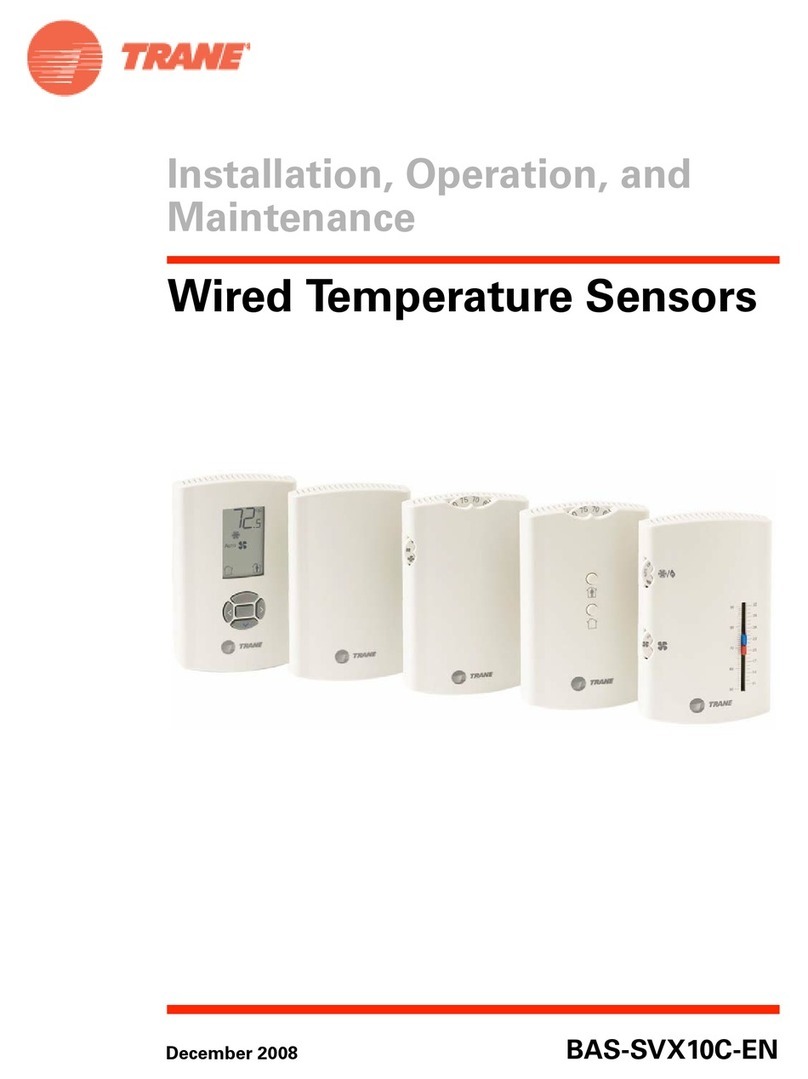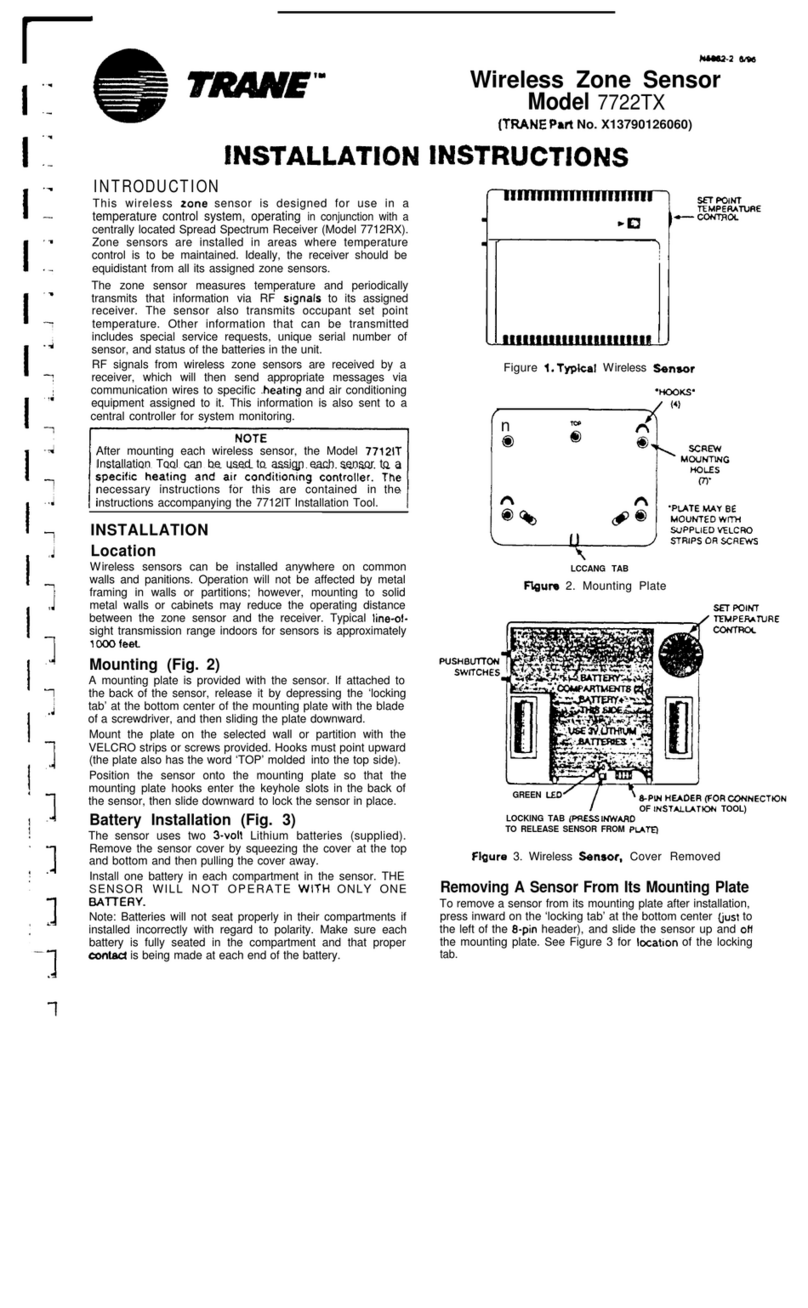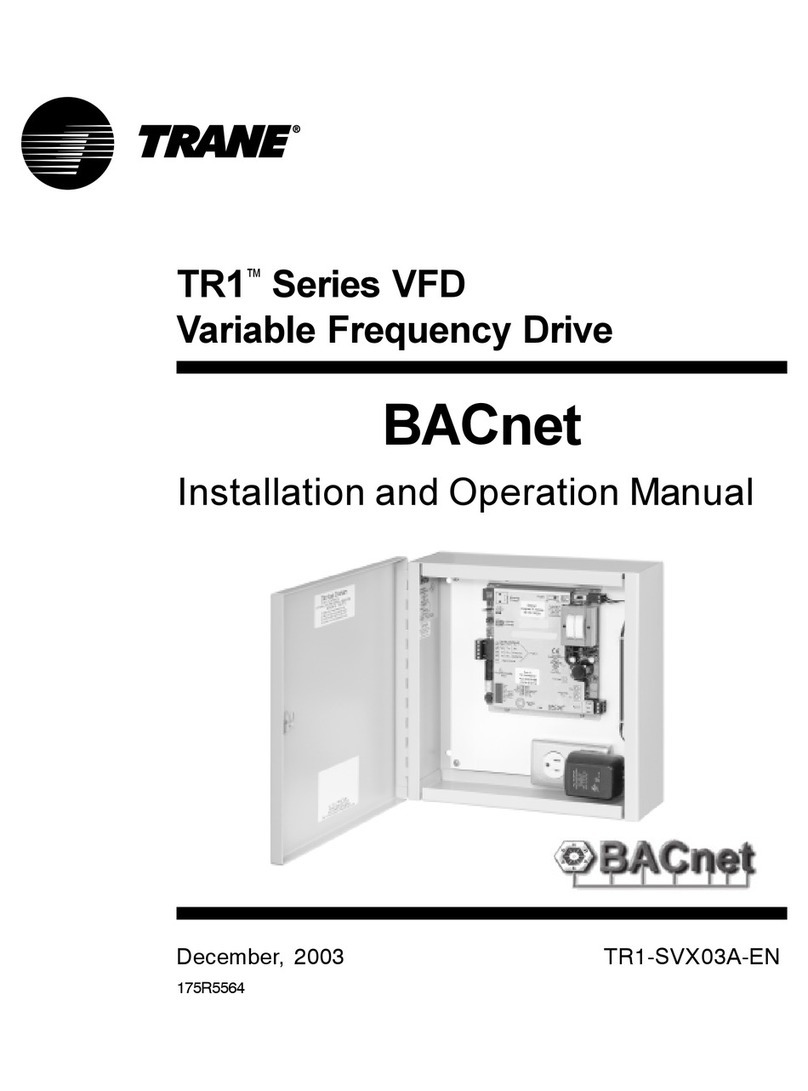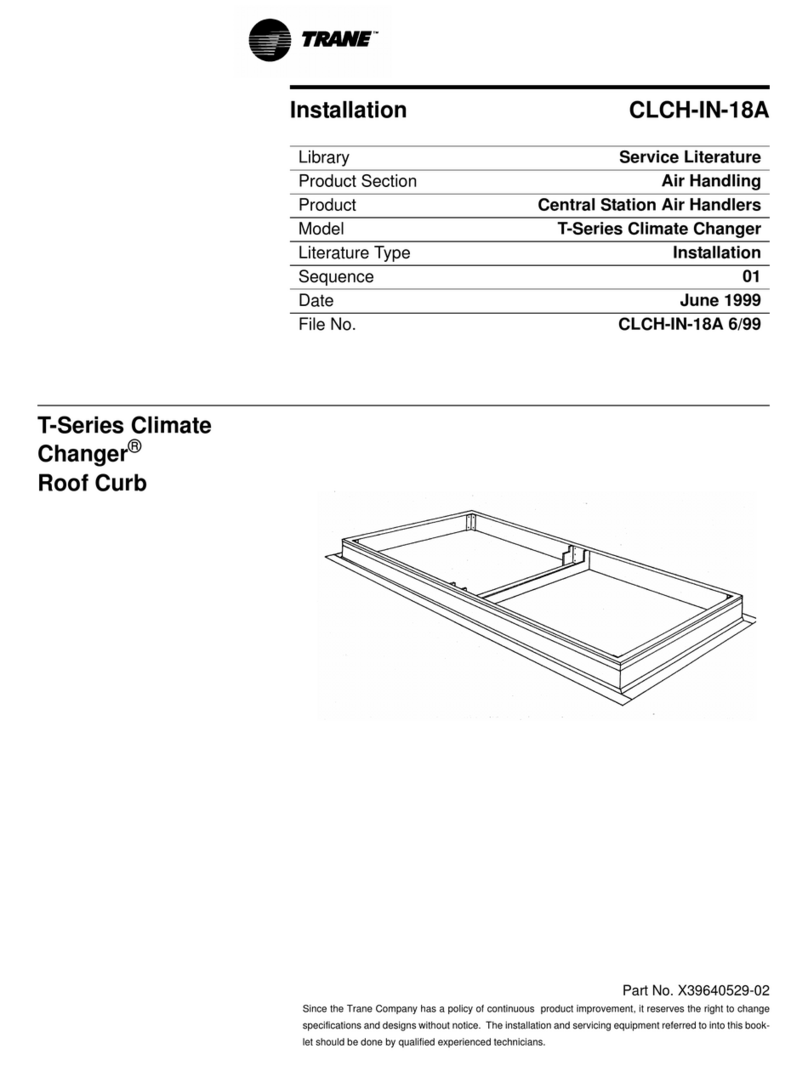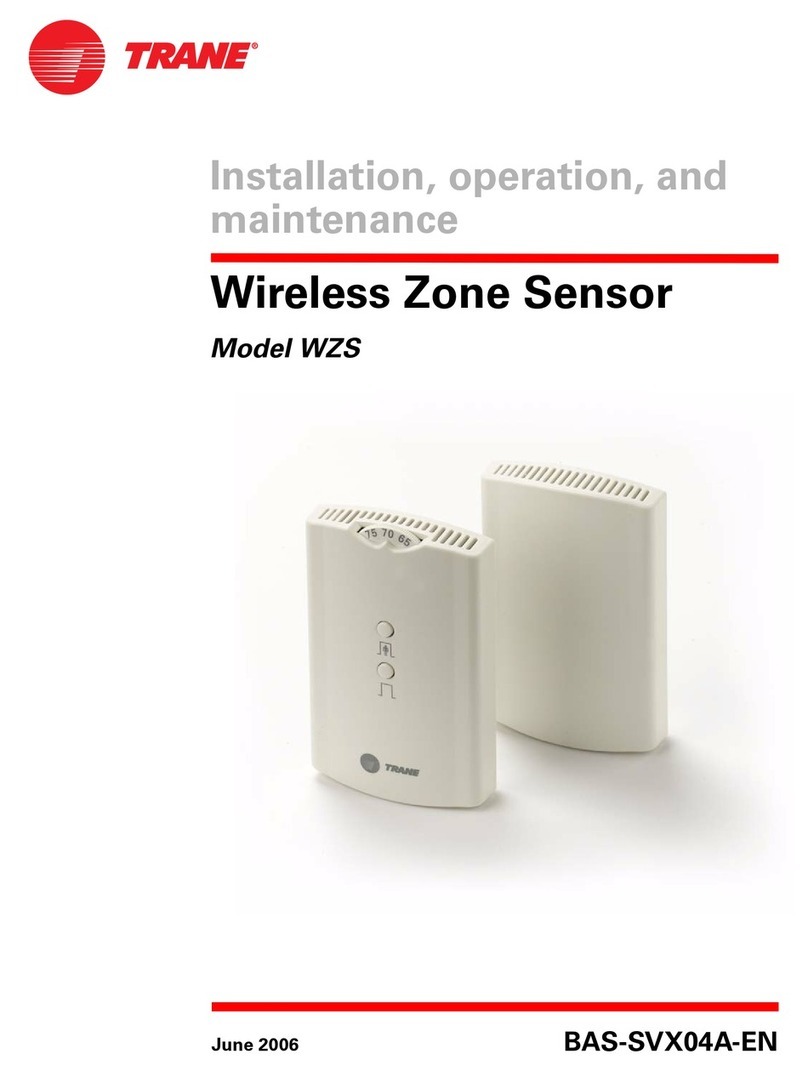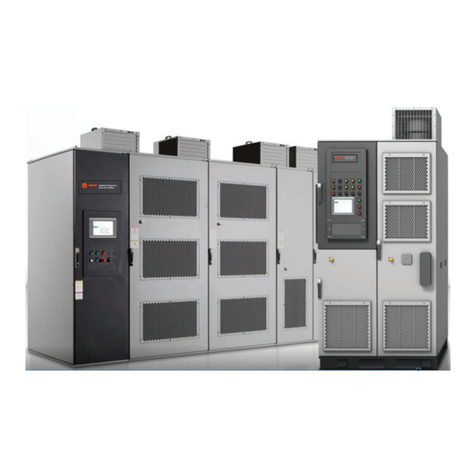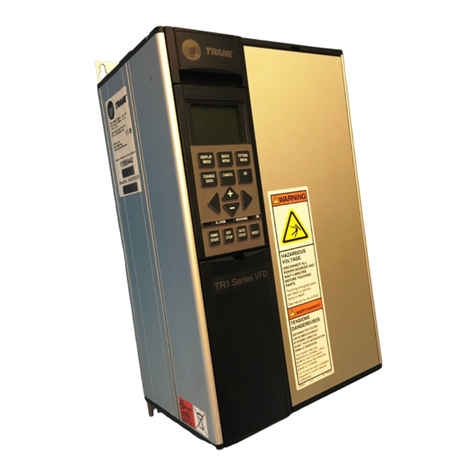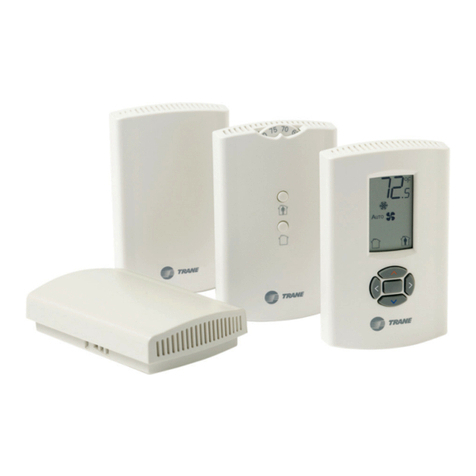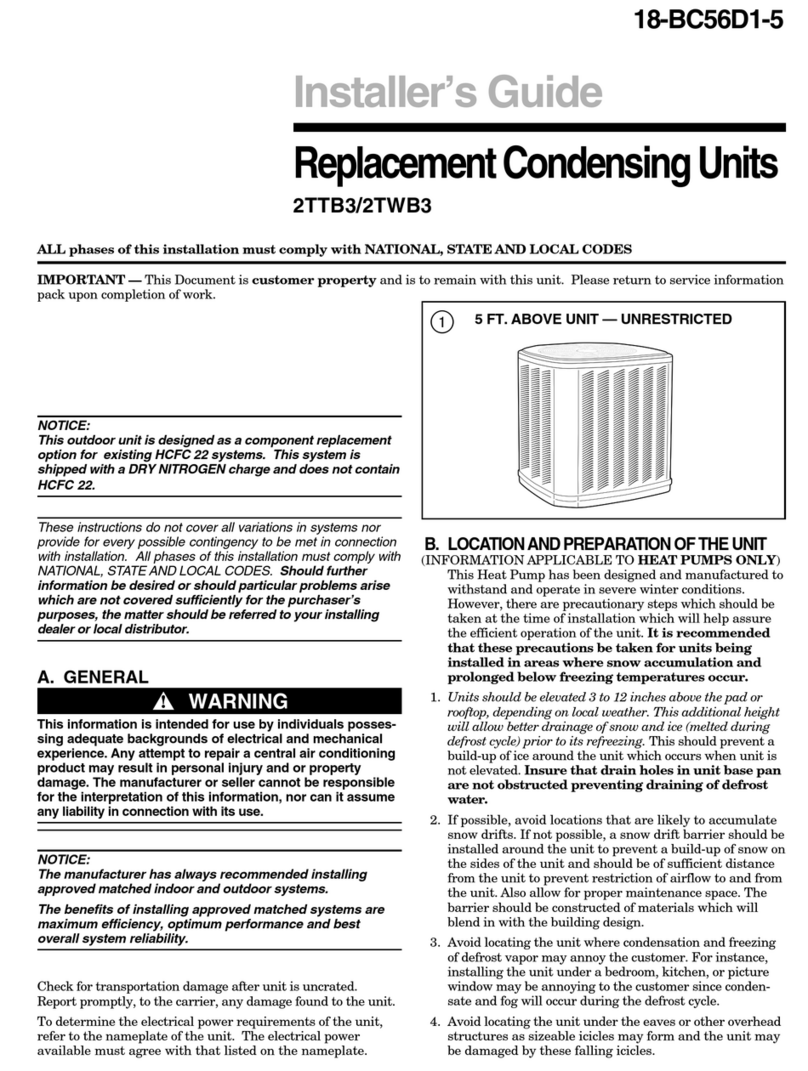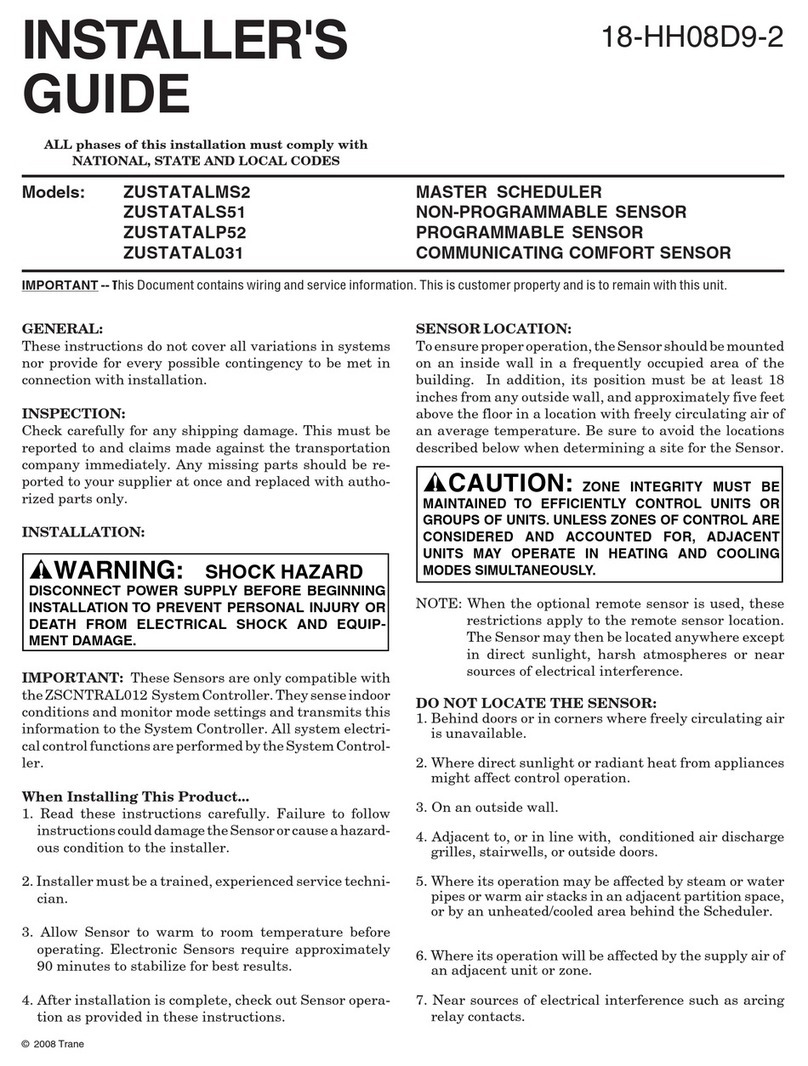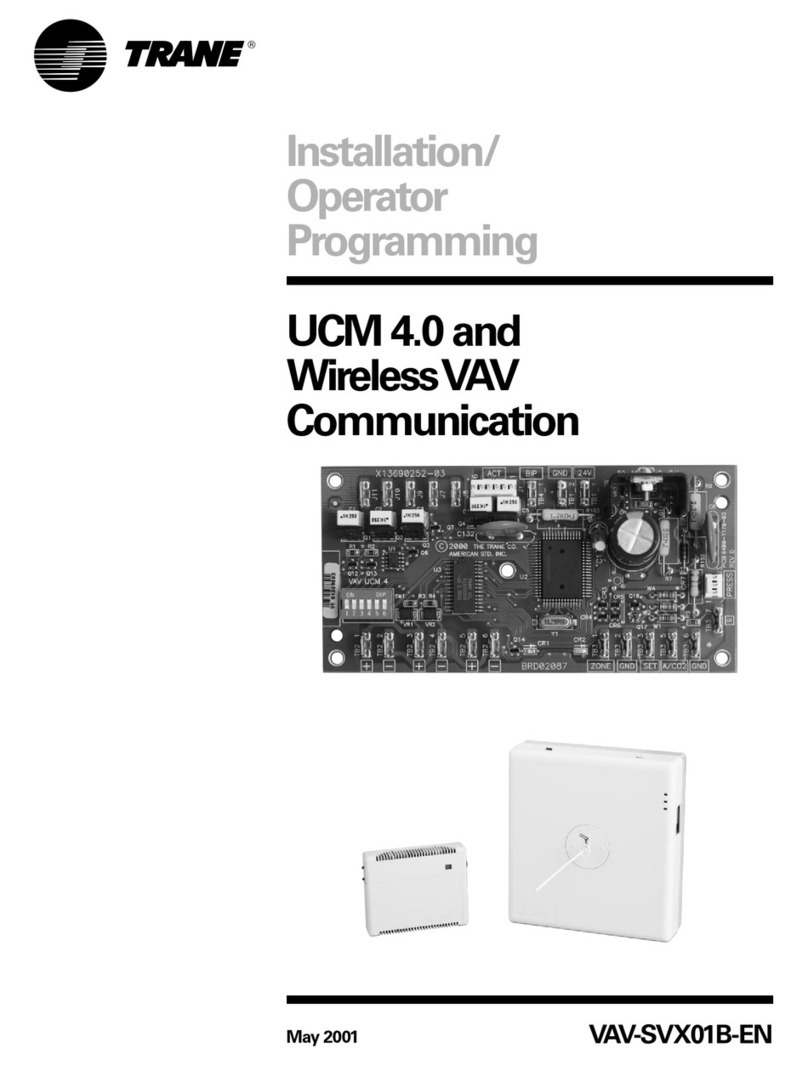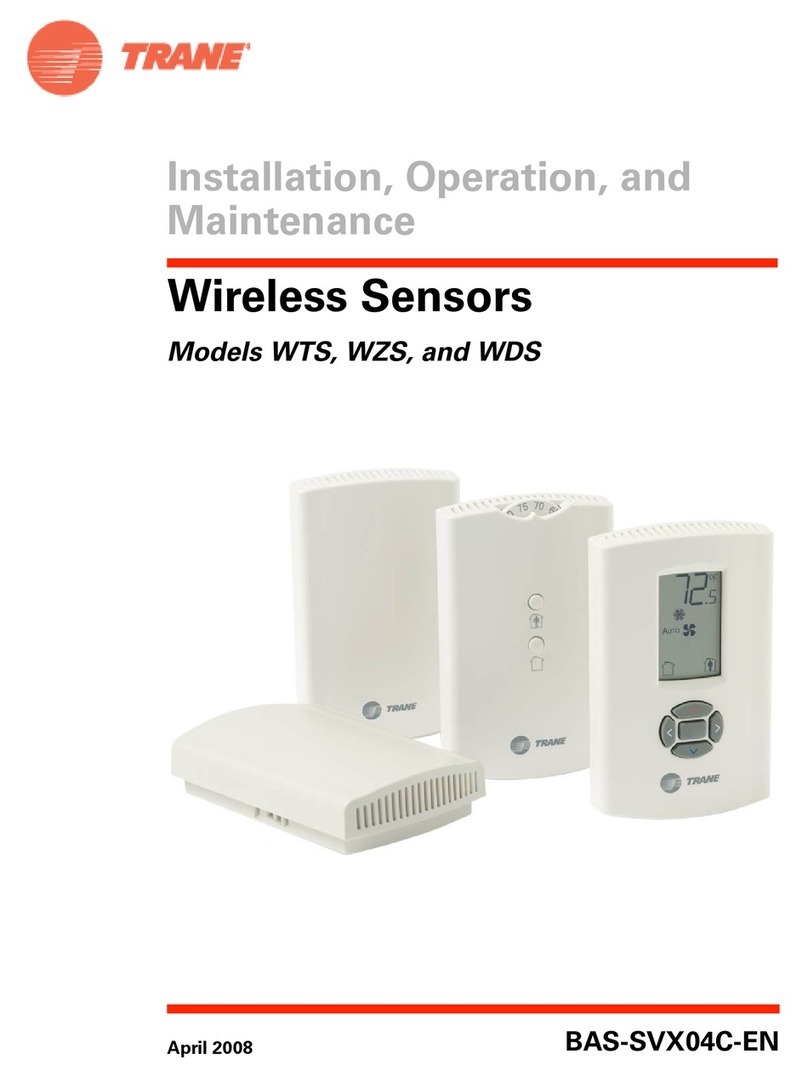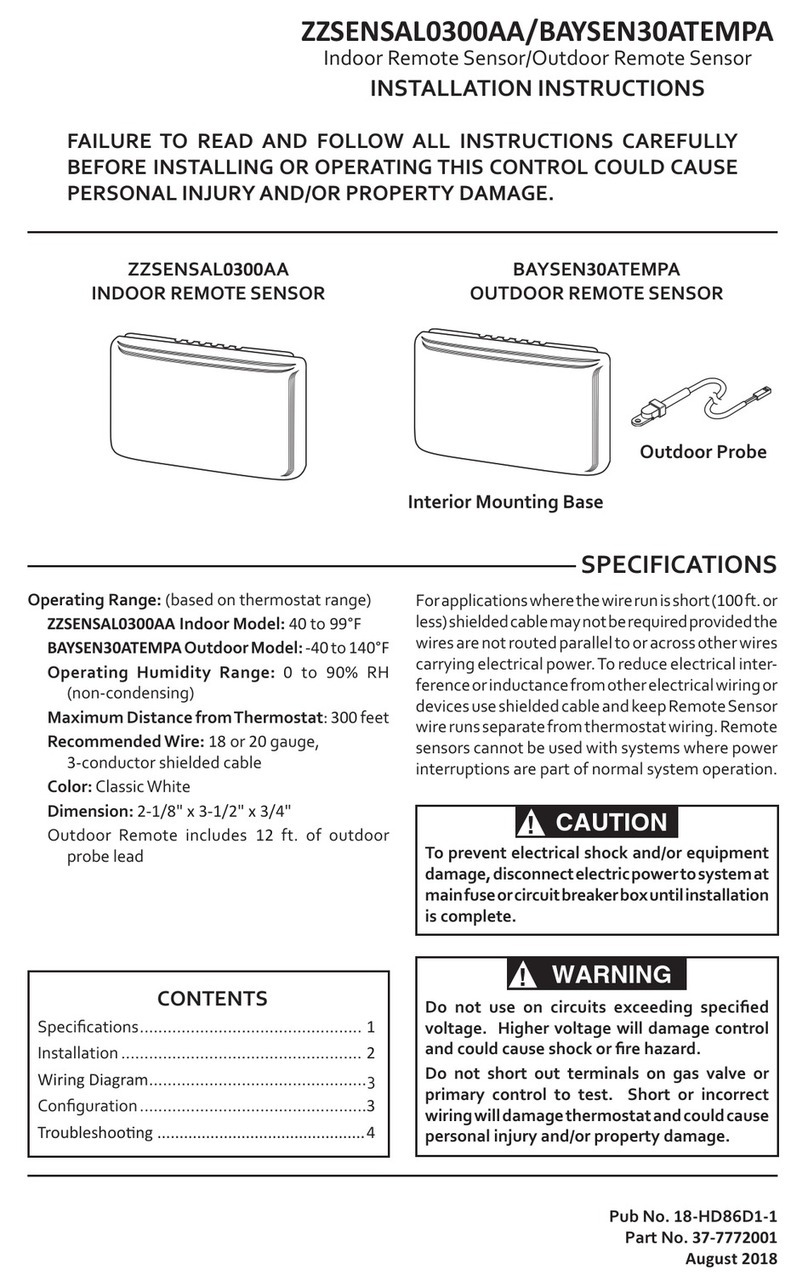
BAS-SVX40K-EN 3
WARNING
Personal Protective Equipment (PPE) Required!
Failure to wear proper PPE for the job being undertaken could result in death or serious injury.
Technicians, in order to protect themselves from potential electrical, mechanical, and chemical
hazards, MUST follow precautions in this manual and on the tags, stickers, and labels, as well
as the instructions below:
• Before installing/servicing this unit, technicians MUST put on all PPE required for the
work being undertaken (Examples; cut resistant gloves/sleeves, butyl gloves, safety
glasses, hard hat/bump cap, fall protection, electrical PPE and arc flash clothing).
ALWAYS refer to appropriate Safety Data Sheets (SDS) and OSHA guidelines for proper
PPE.
• When working with or around hazardous chemicals, ALWAYS refer to the appropriate SDS
and OSHA/GHS (Global Harmonized System of Classification and Labelling of Chemicals)
guidelines for information on allowable personal exposure levels, proper respiratory
protection and handling instructions.
• If there is a risk of energized electrical contact, arc, or flash, technicians MUST put on all
PPE in accordance with OSHA, NFPA 70E, or other country-specific requirements for arc
flash protection, PRIOR to servicing the unit. NEVER PERFORM ANY SWITCHING,
DISCONNECTING, OR VOLTAGE TESTING WITHOUT PROPER ELECTRICAL PPE AND
ARC FLASH CLOTHING. ENSURE ELECTRICAL METERS AND EQUIPMENT ARE
PROPERLY RATED FOR INTENDED VOLTAGE.
WARNING
Follow EHS Policies!
Failure to follow instructions below could result in death or serious injury.
• All Trane personnel must follow the company’s Environmental, Health and Safety (EHS)
policies when performing work such as hot work, electrical, fall protection, lockout/
tagout, refrigerant handling, etc. Where local regulations are more stringent than these
policies, those regulations supersede these policies.
• Non-Trane personnel should always follow local regulations.
Copyright
This document and the information in it are the property of Trane, and may not be used or reproduced in
whole or in part without written permission. Trane reserves the right to revise this publication at any
time, and to make changes to its content without obligation to notify any person of such revision or
change.
Trademarks
All trademarks referenced in this document are the trademarks of their respective owners.
Revision History
• Updated the Overiew chapter.
• Updated Automatic Network Formation and Sensor Association section in Overview chapter.
• Updated Design Consideration for BCI-I, BCI-R, BCI2-I and BCI2-R section in the Pre-Installation
chapter.
• Updated Establishing an Air-Fi® Network chapter.
• Added support and installation instructions for Air-Fi Wireless sensors applied with BACnet MS/TP
and BACnet/IP (hardwired or Wi-Fi).
Introduction
